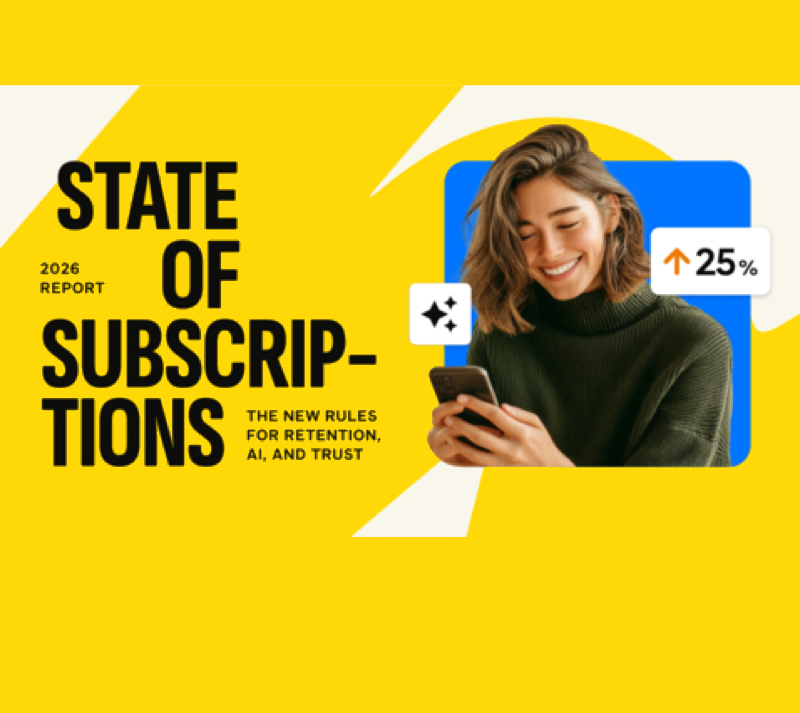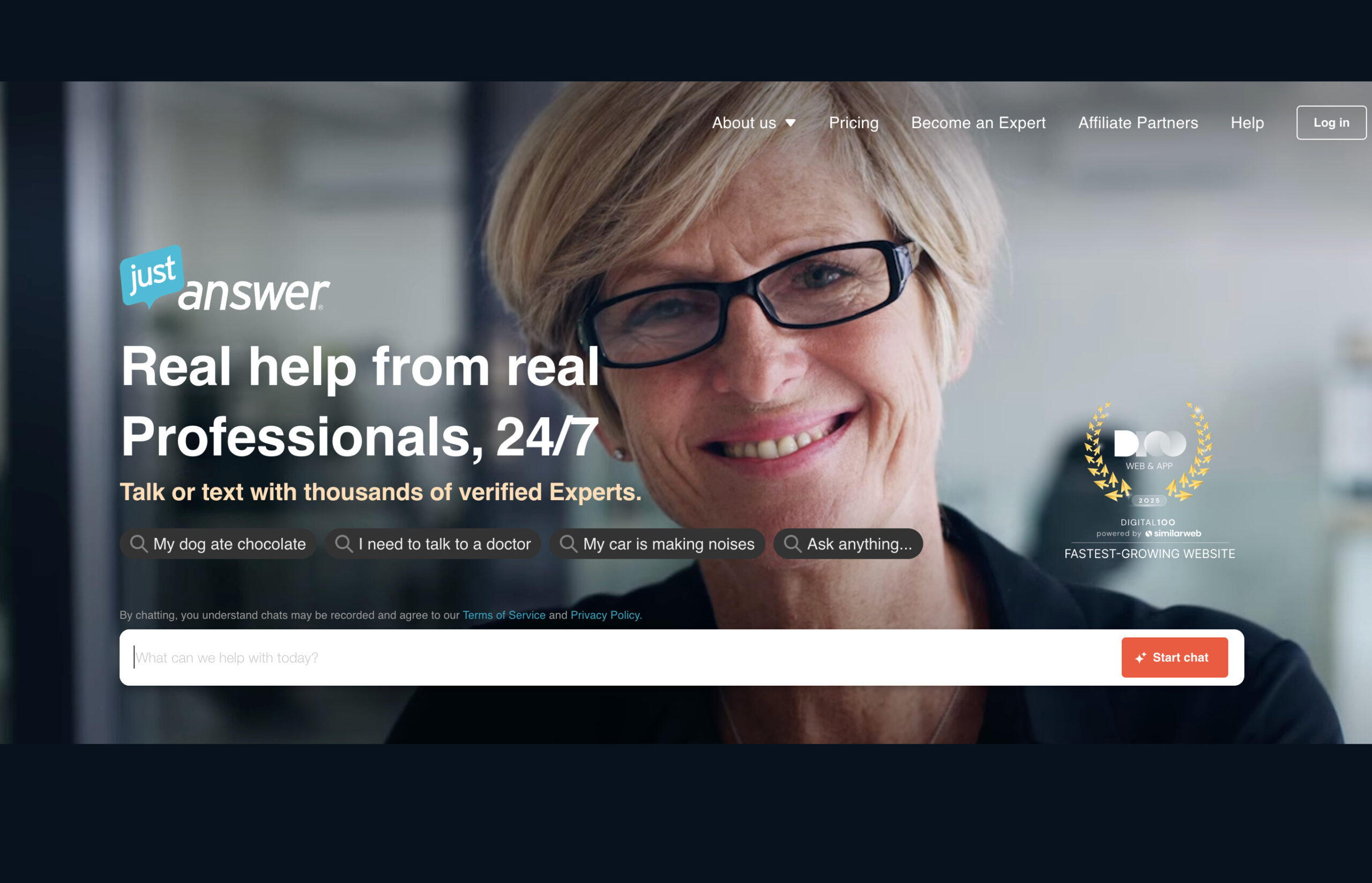
Popular Science Profits from iPad App, But Struggles to Get Marketing Data
Lorem ipsum dolor sit amet, consectetur adipiscing elit. Ut elit tellus, luctus nec ullamcorper mattis, pulvinar dapibus leo.
In 2010, Popular Science was one of the first consumer magazines to launch an iPad edition and has made more than $1.5 million from it to date. In this in-depth Case Study, Robert Cohn, Consumer Marketing Director at parent company Bonnier, reveals the many lessons learned from abandoning a free trial model for a composite prototype model that converts better, to the frustrations of getting data from Apple. This Case Study also includes tips and tricks for publishing and pricing tablet editions ...
HELLO!
This premium article is exclusively reserved for Subscription Insider PRO members.
Want access to premium member-only content like this article? Plus, conference discounts and other benefits? We deliver the information you need, for improved decision-making, skills, and subscription business profitability. Check out these membership options!
Learn more about Subscription Insider PRO memberships!
Already a Subscription Insider PRO Member?
Please Log-In Here!








